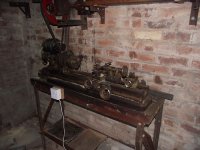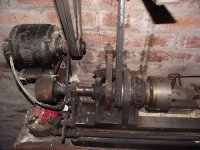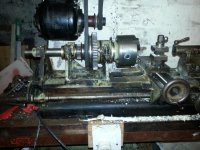alunduk
Plastic
- Joined
- Jan 31, 2013
- Location
- UK, West Yorkshire
Hello everyone I've recently acquired a lathe and cant find any name plates or numbers anywhere I'm looking to get some more change gears but am struggling to find any the right size. I've been through just about everything on lathes.com to no avail can anyone help me with a makers name? maybe a model?
Thanks
Adam
Thanks
Adam








